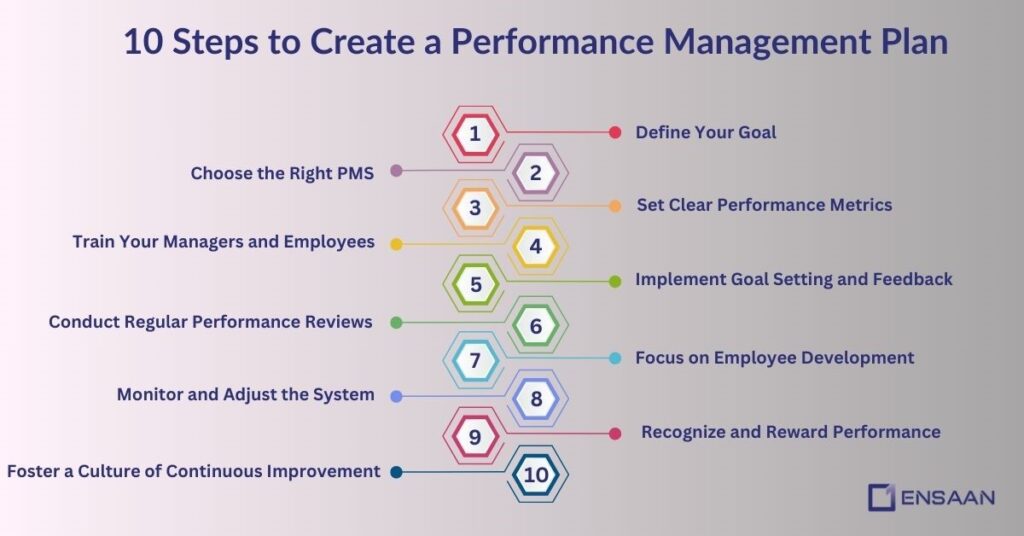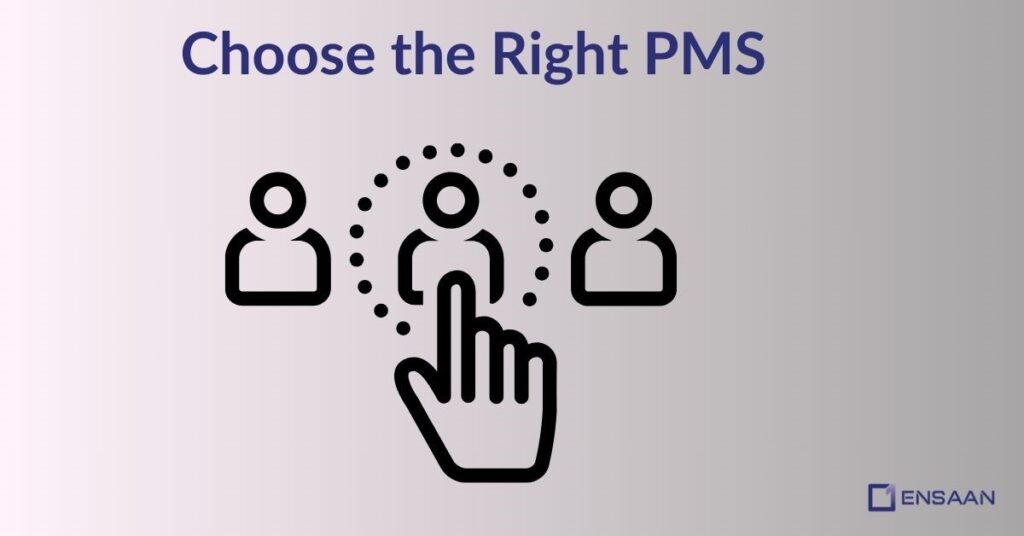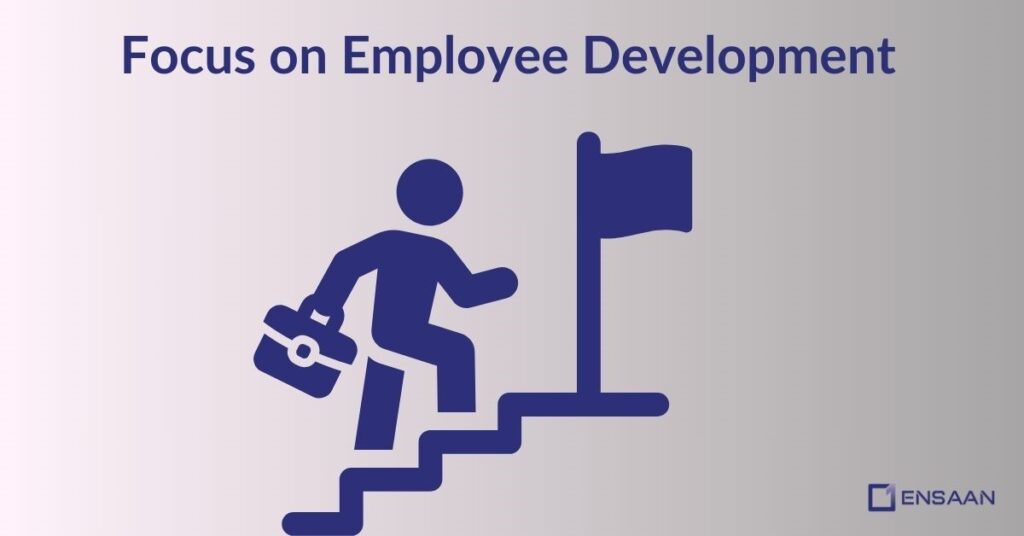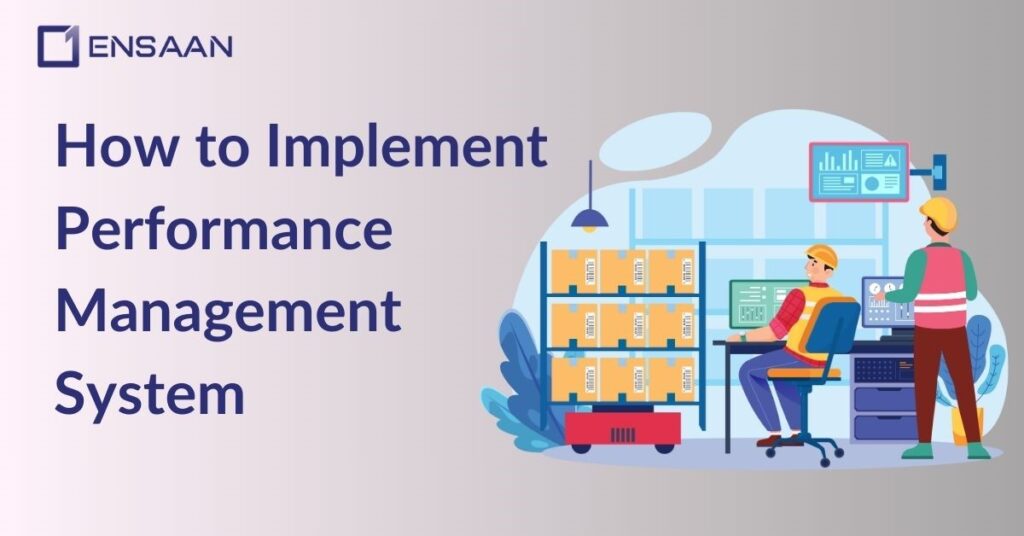Are You Struggling with a Team Performance Management System?
Are your performance management processes outdated, stuck in the past or completely non-existent due to being overwhelmed with work?
Are You Being Subjected to Performance Reviews Without Accuracy?
Unfortunately, research indicates that more than 90% of HR managers believe their performance review process is inaccurate, while 94% of HR staffers feel annual reviews need an upgrade.
If this sounds familiar, this guide is here to help. We will cover modern performance management practices in 2025, how to create an effective plan, and the best ways for implementing it into your company.
Implementing a performance management system (PMS) can transform an organization.
Enhancing employee goals to align with company objectives, increasing productivity and creating an environment conducive to continual improvement is vitally important – but how do you get started?
In this blog, we’ll walk you through each step in creating a performance management system tailored specifically for your team.
No matter the size or nature of your business, these tips will help you establish an efficient system which delivers results.
Let’s dive in! Let’s get excited and begin our exploration!
Table of contents
- What is a Performance Management System?
- How to Create a Performance Management Plan?
- Step 1: Define Your Goal:
- Step 2: Choose the Right Performance Management System:
- Step 3: Set Clear Performance Metrics:
- Step 4: Train Your Managers and Employees:
- Step 5: Implement Goal Setting and Feedback Processes:
- Step 6: Conduct Regular Performance Reviews:
- Step 7: Focus on Employee Development:
- Step 8: Monitor and Adjust the System:
- Step 9: Recognize and Reward Performance:
- Step 10: Foster a Culture of Continuous Improvement:
- Conclusion
- FAQs

What is a Performance Management System?
Before we dive into the implementation process, let’s quickly define what a performance management system.
An employee performance management system (PMS) provides an organized approach for tracking, evaluating, and improving employee performance
Tool and processes such as goal setting, feedback collection, performance reviews and developing plans may be used for effective management.
Goal is to assist employees in reaching their maximum performance potential while contributing to the company’s overall success.
How to Create a Performance Management Plan?

Building a performance management plan involves 10 key steps, such as setting clear goals, tracking progress and reviewing results to establish benchmarks before taking necessary measures to enhance them.
Here’s a simple breakdown of each step:
Step 1: Define Your Goal:
Why is this important?
A performance management system cannot be implemented without understanding your desired objectives and desired goals.
Are You looking to Improve Employee Productivity, Increase Employee Engagement or Determine Skill Gaps?
Establishing your objectives will serve as the cornerstone of the entire process.
How to do it:
- Speak with your leadership team and discuss their objectives.
- Develop clear, measurable objectives (e.g. “increase employee productivity by 20% within one year”).
- Make sure your objectives align with your company’s overall mission and vision.
Step 2: Choose the Right Performance Management System:

Why is this important?
Not all performance management systems are created equal, with the appropriate one depending on your company’s size, industry and unique requirements.
How to do it:
- Conduct extensive research on available PMS options (e.g. Cornerstone, Saba and SAP SuccessFactors).
- Look for features such as goal setting, feedback tools and performance tracking to make the purchase worthwhile.
- Consider your budget when selecting a system. Look for one which provides maximum value.
- Take advantage of free trials or demos before committing to software purchase.
Step 3: Set Clear Performance Metrics:
Why is this important?
Employees need to know how their performance will be measured. Clear metrics ensure fairness and transparency.
How to do it:
- Identify key performance indicators (KPIs) for each role (e.g., sales targets, customer satisfaction scores).
- Make sure the metrics are SMART: Specific, Measurable, Achievable, Relevant, and Time-bound.
- Communicate these metrics to employees so they know what’s expected of them.
Step 4: Train Your Managers and Employees:
Why is this important?
A performance management system is only as good as the people using it. Proper training ensures everyone understands how the system works and how to use it effectively.
How to do it:
- Organize training sessions for managers and employees.
- Explain the purpose of the PMS and how it benefits everyone.
- Provide hands-on training for using the software or tools.
- Encourage questions and address any concerns.
Step 5: Implement Goal Setting and Feedback Processes:
Why is this important?
Goals give employees direction, and feedback helps them improve. Together, they form the foundation of a successful performance management system.
How to do it:
- Set individual and team goals that align with company objectives.
- Use the PMS to track progress toward these goals.
- Encourage regular feedback (not just during annual reviews). Managers should provide constructive feedback, and employees should feel comfortable sharing their thoughts too.
Step 6: Conduct Regular Performance Reviews:
Why is this important?
Performance reviews are a key part of any PMS. They provide an opportunity to evaluate progress, celebrate successes, and address challenges.
How to do it:
- Schedule regular reviews (e.g., quarterly or biannually).
- Use the PMS to gather data on employee performance.
- During the review, discuss achievements, areas for improvement, and development plans.
- Be honest but constructive in your feedback.
Step 7: Focus on Employee Development:

Why is this important?
A good performance management system doesn’t just evaluate performance it helps employees grow and develop.
How to do it:
- Identify skill gaps during performance reviews.
- Create personalized development plans for each employee.
- Offer training programs, mentorship opportunities, or online courses.
- Use the PMS to track progress and adjust plans as needed.
Step 8: Monitor and Adjust the System:
Why is this important?
No system is perfect from the start. Monitoring and adjusting your PMS ensures it stays effective and relevant.
How to do it:
- Regularly review the system’s effectiveness (e.g., through employee surveys or feedback sessions).
- Identify areas for improvement and make necessary changes.
- Stay updated on the latest trends and technologies in performance management.
Step 9: Recognize and Reward Performance:

Why is this important?
Recognition and rewards motivate employees to keep performing at their best.
How to do it:
- Use the PMS to track employee achievements.
- Celebrate successes publicly (e.g., in team meetings or company newsletters).
- Offer rewards like bonuses, gift cards, or extra time off.
- Make recognition a regular part of your company culture.
Step 10: Foster a Culture of Continuous Improvement:
Why is this important?
A performance management system is not a one-time project it’s an ongoing process.
A culture of continuous improvement ensures long-term success.
How to do it:
- Encourage employees to take ownership of their performance and development.
- Promote open communication and collaboration.
- Regularly review and update your PMS to keep it aligned with company goals.

Conclusion
Implementing a performance management system is a powerful way to drive employee performance and achieve business goals.
By following these 10 steps, you can create a system that works for your organization.
Remember, the key to success is clear communication, regular feedback, and a focus on continuous improvement.
Start small, stay consistent, and watch your team thrive!
FAQs
A PMS is a system that tracks, evaluates, and improves employee performance through goal setting, feedback, and reviews.
It gives employees clear direction and aligns their work with company goals.
They should be done regularly, like every 3 or 6 months, for better feedback and growth.
Examples include sales numbers, customer feedback, project deadlines, and attendance.
Monitor regularly, train employees, encourage feedback, and focus on continuous improvement.








